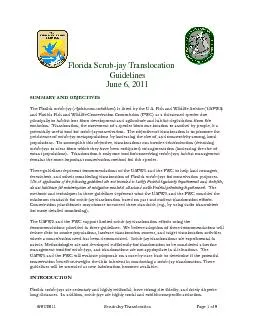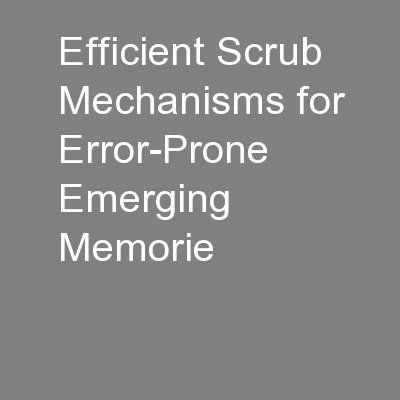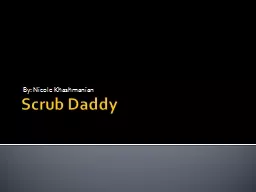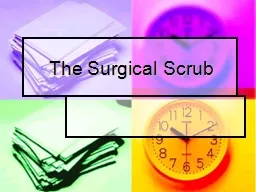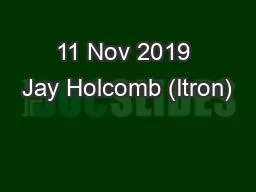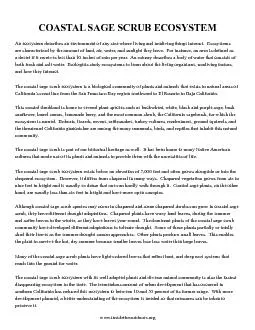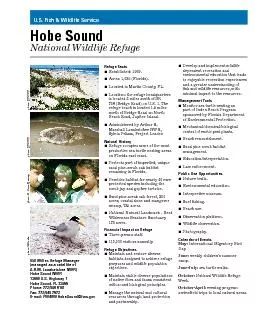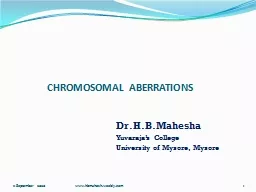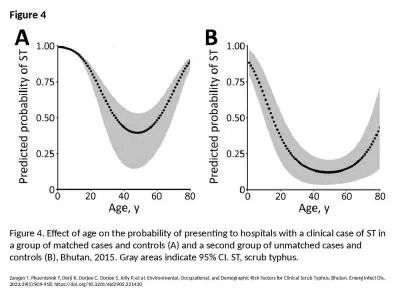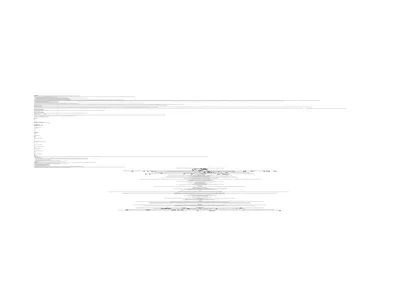PDF-6/07/2011 Scrub-Jay Translocation Guidelines 9 of 9 Figure 1. Florida
Author : alida-meadow | Published Date : 2015-08-19
6072011 ScrubJay Translocation Guidelines 8 of 9 LITERATURE CITED LM and Lovette IJ 2008 Congruent population structure inferred from dispersal behaviour and intensive
Presentation Embed Code
Download Presentation
Download Presentation The PPT/PDF document "6/07/2011 Scrub-Jay Translocation Guidel..." is the property of its rightful owner. Permission is granted to download and print the materials on this website for personal, non-commercial use only, and to display it on your personal computer provided you do not modify the materials and that you retain all copyright notices contained in the materials. By downloading content from our website, you accept the terms of this agreement.
6/07/2011 Scrub-Jay Translocation Guidelines 9 of 9 Figure 1. Florida: Transcript
Download Rules Of Document
"6/07/2011 Scrub-Jay Translocation Guidelines 9 of 9 Figure 1. Florida"The content belongs to its owner. You may download and print it for personal use, without modification, and keep all copyright notices. By downloading, you agree to these terms.
Related Documents

